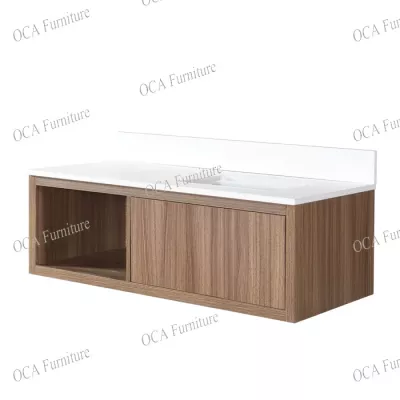Back when we were all naïve enough to think that 2020's biggest headache would be a seemingly endless year of political campaign ads, hotels and resorts in the U.S. were poised to enjoy the fruits of a robust economy. But the onset of the COVID-19 pandemic threw the industry into chaos, forcing hotels and resorts to not only rethink their strategies for the year, but in many cases to completely overhaul their operations.
As H&LA's consultants have continued to work on assignments in 2020, we have had the opportunity to see firsthand some of the new trends in response to the pandemic, and we have compiled our top 10 list. While some trends will not likely outlast the pandemic, there are several that may just be the new normal across the industry for the foreseeable future.
1. Dining options/complimentary breakfast
When the pandemic first hit, most limited-service hotels suspended breakfast or only provided a grab-and-go alternative. As things have settled, more are now offering limited breakfast options provided by a server, while some have returned to a reduced self-serve option. While these were necessary steps at the height of the pandemic, we forecast that portions of these revised complimentary breakfast service options will continue as cleanliness and sanitation outweigh the greatest possible benefits of buffet options.
Many full-service hotel restaurants, which are generally reliant on hotel guests, closed completely amid reduced occupancy and the limitation on indoor dining. To compensate for the loss of revenue, some have provided a modified in-room option. The hotel provides a limited menu that is printed in-house and the guest selects menu items and a time they would like to pick up their order. As guests could not eat in the restaurant, they would take their order with them or back to their room. We forecast that hotel restaurants will reopen at full-service hotels for breakfast, but this form of takeout breakfast ordering will also continue post-pandemic.
2. Digital check-in/keys
While digital check-in and digital keys were around before the pandemic began, the technology is being utilized more frequently and accepted by guests as a safe alternative to traditional practices. With an app-based room key, guests can submit credit card information, upload ID and electronically sign the registration card from their phone. Currently, most hotels do not have the door locks to work with the technology, but the number of hotels that do is steadily growing, though the technology is expensive. Digital check-in and room keys will not likely ever be the only option since not everyone has a smartphone, but post-pandemic there will be an increase in digital check-ins as people appreciate the convenience and ability to bypass the front desk. The desire for more automation and less human interaction is not only a product of a COVID-19 environment but also the sign of a changing generation that embraces technology.
3. Increased cleaning protocols
Increased cleaning has been the most significant and highly publicized measure that hotels are taking to keep guests safe amid the pandemic. While most hotels abide by strict cleaning protocols, those protocols are now made public to the guest to ensure they are knowledgeable about the cleaning process. In addition to frequent displays of hand-sanitizing stations in every part of the hotel, some hotels have placed stickers on the entry doors/doorjambs to alert the guest that the room has been cleaned and no one has entered the room since it was cleaned and inspected. Also, items such as TV remotes are placed inside a wrapper to illustrate that they have been cleaned as well.







